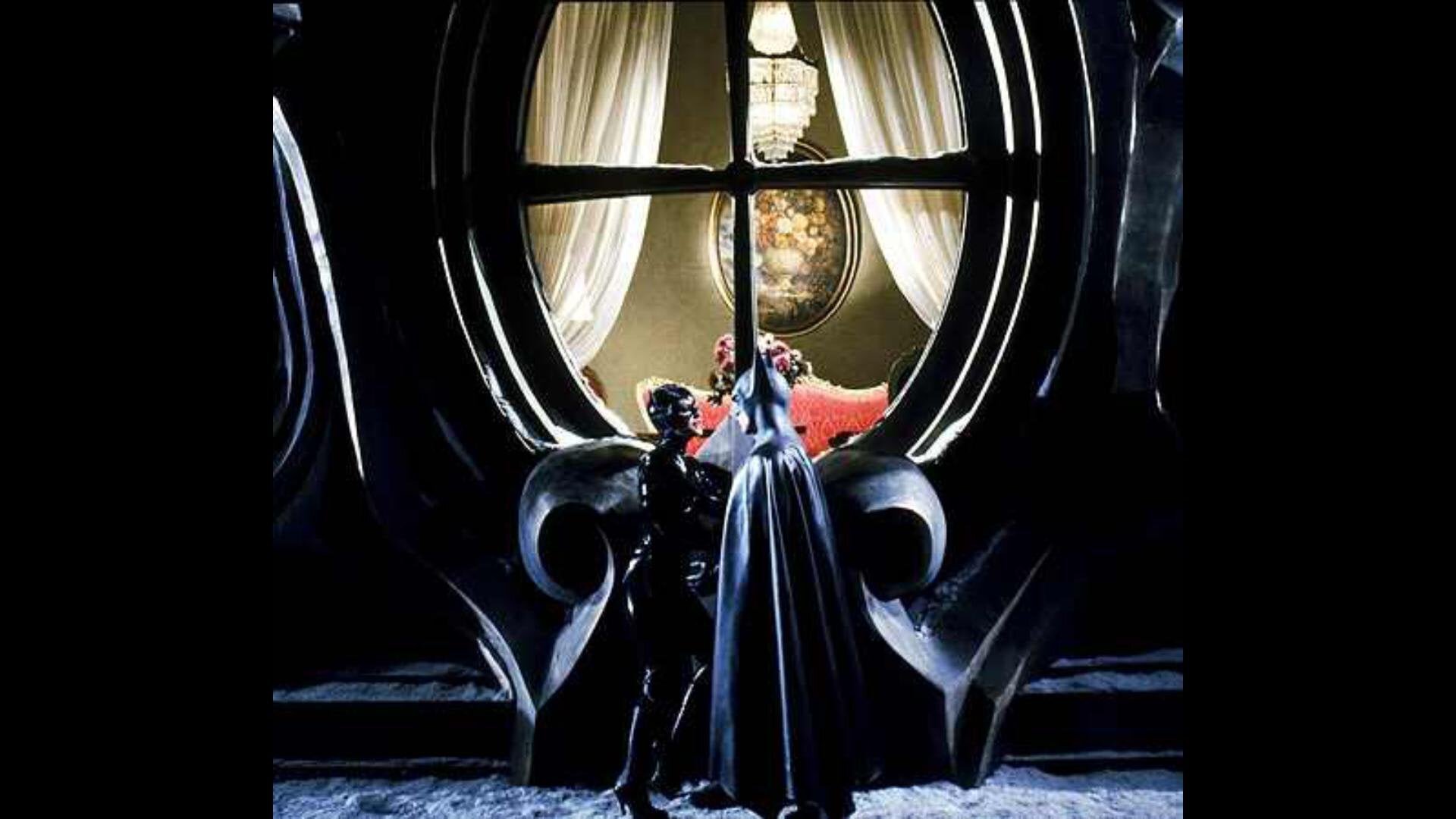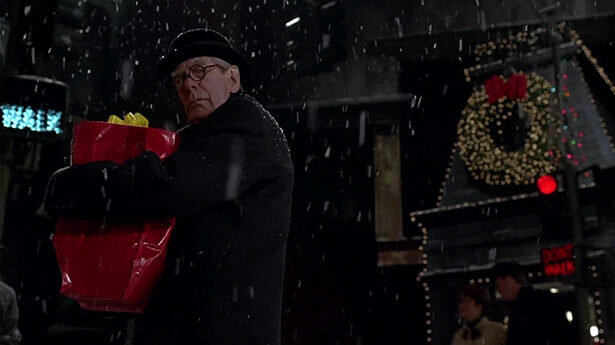The holidays can be a tough time of year for a lot of people. Typically this time of year is associated with bright lights, smiling faces, and kisses under the mistletoe. We are sold a fantasy of what the month of December should be like, and often times the pressure to be in the holiday spirit leaves us with an empty feeling. If you turn on the TV you’ll find no shortage of holiday-themed movies, shows, or commercials that would have you believe that this time of year is meant to be spent with family roasting chestnuts and drinking eggnog. Sadly, the truth of the matter is that many people do not have close family to spend the holidays with, or would rather not spend time with a family that they don’t like or feel comfortable around. This time of the year can be tough for a lot of people, who often find themselves feeling more alone and isolated than ever.
As one of my favorite TV shows, Community, once said, sometimes forcing things to be bright just makes the darkness underneath even darker. Like with everything, there’s often a dark side to the holiday season that many people don’t see or refuse to acknowledge. For many people, feelings of loneliness and depression go hand in hand with the Christmas season, and for many more, our unrealistic expectations of this time of year only exacerbate these feelings.
When one thinks of Tim Burton and holiday movies, people often bring up The Nightmare Before Christmas. Despite being directed by Henry Selick, Nightmare has Burton’s aesthetic all over it, and many see it as a holiday classic that can pull double duty as a Halloween and Christmas movie. Though I enjoy Nightmare, one year earlier Burton made another Christmas film, one that I think is much more honest about the holiday, which is why it always has a place in my annual rotation of Christmas movies.
That film is, of course, Batman Returns.
To start off, I could write an entire book on Batman Returns. It’s such an oddity of the comic book genre and is a film that would probably never be made today. The controversy caused by this film created a ripple effect that still hangs over the Batman franchise to this day. Not only did Burton create one of the most unique comic book adaptations of all time, but he also made one of the few films that aren’t afraid to confront the feelings of alienation that a lot of us feel around the holiday season.
Tim Burton’s early work often looks at normal life from the outsider’s point of view. There’s a reason for the stereotype of the lonely high schooler who’s obsessed with Burton. We’ve all felt like outsiders at some point in our lives, especially when we’re young, and Burton’s ability to tap into this feeling is why so many of us flocked to him during our formative years. A lot of Burton’s work examines the so-called “normal life” and how surface-level normality really is, and with Batman Returns, he turns that lens onto Christmas.
Burton has never been shy about admitting that he found Batman’s rogues gallery more interesting than Batman himself, and despite being the title character, Batman/Bruce Wayne is really just a supporting player in Batman Returns. The protagonist of this particular story is Oswald Cobblepot/The Penguin. Abandoned by his parents as a child, Oswald seeks to fill a gaping hole in his heart by winning over the people of Gotham, first as appearing as a sort of heroic figure before ultimately running for mayor. Themes of family, love, and acceptance are prevalent in Christmas films, and Burton seeks to subvert these themes with Oswald. Oswald craves the love he never received as a child, but the seemingly unwavering loyalty of his found family, The Red Triangle Circus, is not enough for him. Even when it seems like he’s earned the love of the entire city of Gotham, Oswald still has a black hole eating away at him from the inside, and it manifests with his plan to murder the firstborn sons of Gotham.
“A child who is not embraced by the village will burn it down to feel its warmth” perfectly describes Oswald’s arc throughout this film. He’s intent on earning the love and devotion of the entire city of Gotham while secretly plotting to murder the children who enjoyed a life he never had. When Oswald is exposed and humiliated by Batman, he decides to destroy the entire city that rejected him as his parents did.
Still, Burton’s sympathies seem to lie with Oswald, painting him as a tragic figure made a monster by a life of rejection and exploitation. In stark contrast is Max Shreck, the true villain of the film, and the least flamboyant of the characters. Much like Todd Browning’s Freaks, the seemingly most “normal” character is the ugliest on the inside. Shreck represents the cynicism and commercialism of Christmas. The owner of a department store, Shreck only sees Christmas as something he can exploit for a profit, and when he meets Oswald he finds someone whose loneliness he can use for his own gain. He’s a man who will smile, wave, and preach goodwill but in private the only thing that he seems to care about more than money is his son, Chip. Of course, most of the people of Gotham seem to eat up Shreck’s facade, with Bruce Wayne at first being one of the few characters to see through his act, followed by Selina Kyle.
Then there’s Selina Kyle, aka Catwoman. When we first meet her she’s living alone in an apartment filled with cats and an answering machine cluttered with calls from telemarketers, her needy mother, and a guy passive-aggressively telling her that he isn’t interested in seeing her anymore. Then it all changes when she’s nearly murdered by Shreck. Reborn as Catwoman, Selina sets herself on a revenge crusade against her former boss that puts her in opposition with Batman. Of course in classic comic book fashion, so while Batman and Catwoman are at odds with each other, there’s a romance brewing between their secret identities. Bruce Wayne and Selina Kyle are two characters defined by the tragedy in their past and their shared loneliness. While Selina comes home to a cat-filled apartment, Bruce literally sits alone in an empty mansion just waiting for the Bat-signal because he has nothing else in his life.
This romance is really the only time that this film seems like a classic Christmas movie in the sense that two lonely people find each other. Bruce’s mansion, once oversized and filled with darkness, becomes brightly lit and intimate when Selina is around. The film makes it very clear that these two characters are perfect for each other, but this isn’t the kind of story that has a happy ending. Selina won’t let go of her crusade to kill Shreck, and Bruce won’t set aside his quest to fight crime in Gotham. In the end, almost every character self destructs, literally in some cases, leaving Batman right where he started, alone.
Or is he?
In the end, Bruce sees a familiar-looking feline silhouette in an alley, where he finds a black cat waiting for him. Much like Selina leaving her cat for Bruce as a reminder that he’s not as alone as he thinks he is, Burton is telling us that there are others that feel like we do this time of year. It’s a bittersweet ending, but I think that’s why I keep coming back to this film year after year. While other holiday offerings give us empty promises, Batman Returns is refreshingly honest with viewers about the isolation that we may feel this time of year. In the end, the film reminds us that just getting through another Christmas season is victory alone and that we shouldn’t let our anger and loneliness destroy us like Oswald or Selina, nor should we peddle empty promises like Shreck. At the end of the day, we can only remain true to ourselves, remember that there are many others who feel like we do, and much like Catwoman, we’ll probably make it through this holiday with an extra life to spare.
James Reinhardt









